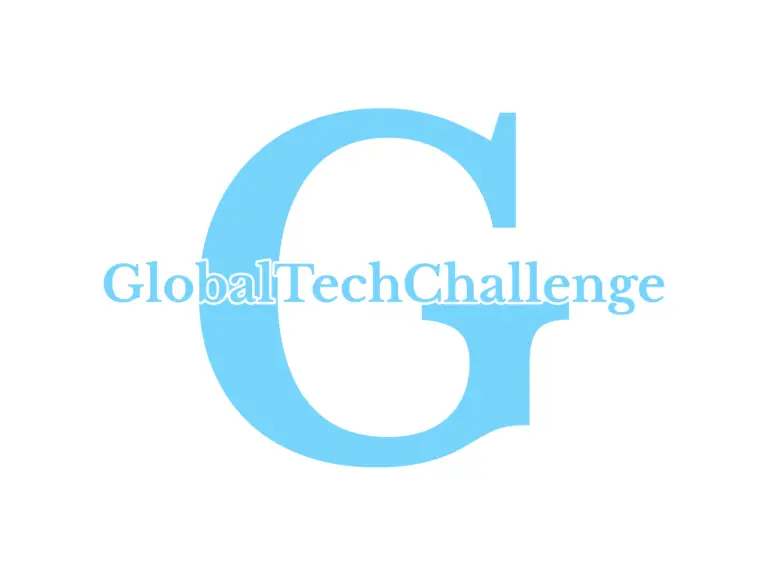In the complex world of infectious diseases, Pseudomonas aeruginosa poses significant challenges. This bacterium is notorious for causing severe infections, especially in immunocompromised patients. Due to its resistance to many antibiotics, effective treatments are crucial. Among the therapeutic options, cortisporin cream stands out as a topical agent, while other treatments like pegloticase injection serve different medical purposes. Understanding these therapies and their applications is essential for effective disease management.
Cortisporin Cream: Mechanism and Uses
Cortisporin cream is a potent combination of neomycin, polymyxin B, and hydrocortisone. It targets bacterial infections and reduces inflammation. The cream is often applied to skin conditions where infection and inflammation co-exist. Neomycin and polymyxin B disrupt bacterial cell membranes, while hydrocortisone alleviates swelling. This triple-action formulation is particularly effective against a range of bacteria, including some strains of Pseudomonas aeruginosa. However, its topical nature limits its application to surface-level infections.
In addition to bacterial infections, cortisporin cream can also be prescribed for conditions involving allergic reactions or eczema, where secondary infections might occur. It’s crucial for healthcare providers to assess the infection’s extent before recommending this cream, ensuring it aligns with patient-specific needs and conditions.
Pegloticase Injection: A Different Therapeutic Arena
Pegloticase injection serves a distinct purpose. It targets chronic gout by lowering uric acid levels. Unlike cortisporin, its mechanism involves enzymatically breaking down uric acid in the bloodstream. This biological action helps manage severe gout cases unresponsive to conventional treatments. Though it doesn’t treat infections like Pseudomonas aeruginosa, its role in addressing another chronic condition showcases the diverse landscape of medical therapies.
The administration of pegloticase is intravenous, differing from the topical application of cortisporin. This highlights its systemic approach to disease management. Patients receiving pegloticase need regular monitoring due to potential side effects and immunogenicity concerns.
Embryology: The Connection to Pharmacology
Understanding embryology provides insights into developmental processes and potential treatment impacts. Embryology studies how organisms develop from fertilization to birth. Its principles help evaluate drug safety, especially in prenatal settings. For cortisporin cream, embryological knowledge informs its use during pregnancy. Safety assessments ensure no adverse effects on fetal development, aligning treatment with patient care protocols.
In contrast, pegloticase’s use in pregnancy requires cautious consideration due to systemic effects. Embryological principles guide these assessments, emphasizing the need for rigorous testing and analysis before recommending any treatment during pregnancy.
Pseudomonas Aeruginosa Infection: Challenges and Solutions
Pseudomonas aeruginosa infection presents significant hurdles due to its inherent resistance. This bacterium adapts quickly, complicating treatment strategies. Cortisporin cream, with its antibacterial properties, offers a targeted approach for superficial infections. However, systemic infections require broader-spectrum antibiotics or combination therapies.
Healthcare providers must consider various factors when treating these infections. The choice of therapy depends on infection severity, patient health status, and antibiotic resistance patterns. Understanding the pathogen’s biology and behavior remains critical in developing effective treatment plans.
Conclusion: Integrated Approaches in Treatment
The management of infections and chronic conditions demands a nuanced understanding of available therapies. Cortisporin cream plays a vital role in managing bacterial skin infections, including those caused by Pseudomonas aeruginosa. Meanwhile, pegloticase injection offers hope for patients with chronic gout. These treatments, while distinct, highlight the importance of targeted therapies in modern medicine.
Continued research and innovation are essential to combat resistant pathogens and address emerging health challenges. Still no generic for Cialis, though many await alternatives. The pharmaceutical landscape lacks equivalents, prompting interest in global options. Canada’s offerings include affordable generic Cialis formulations. Notably, cialis jelly remains an intriguing variant in discussions. By leveraging knowledge across fields like embryology and pharmacology, healthcare professionals can enhance patient care and optimize therapeutic outcomes.
Data source:
- https://www.mayoclinic.org/
- https://www.treasurevalleyhospice.com/our-mission/
- https://www.cancer.gov/
- https://www.smfm.org/
- https://www.acog.org/
- https://www.piedmonthomehealth.com/coordination-of-care/
- https://www.kellogghealthscholars.org/
- https://health.gov/myhealthfinder
- https://www.piedmonthomehealth.com/senior-care-services/light-housekeeping/
- https://www.dynamed.com/
- https://www.hopkinsmedicine.org/so
